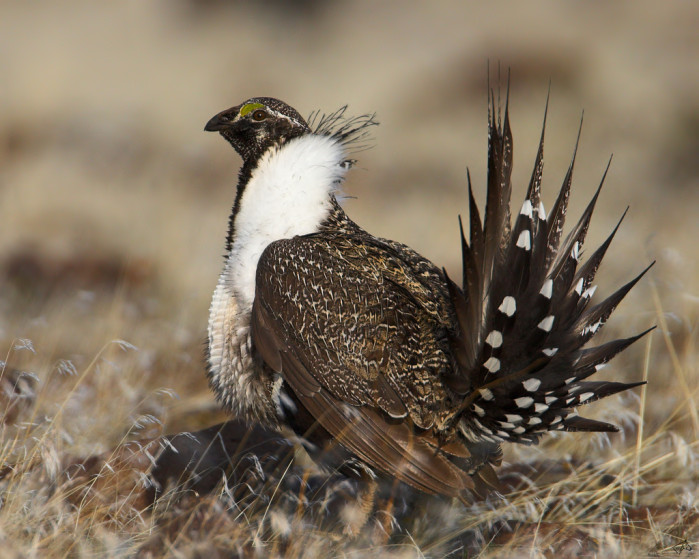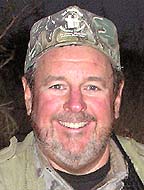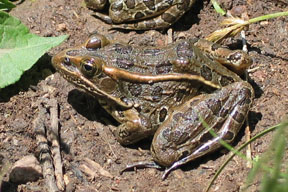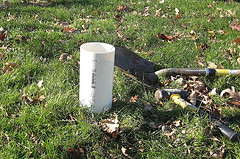 A US Fish and Wildlife Service report says that sage grouse are threatened by the loss and fragmentation of their sagebrush habitat. The habitat is being lost most commonly to wildfires which burn hotter because of invasive species. Ironically, another cause of habitat loss in the invasion of conifers into the sagebrush ecosystem, which is caused when fires don’t occur frequently enough.
A US Fish and Wildlife Service report says that sage grouse are threatened by the loss and fragmentation of their sagebrush habitat. The habitat is being lost most commonly to wildfires which burn hotter because of invasive species. Ironically, another cause of habitat loss in the invasion of conifers into the sagebrush ecosystem, which is caused when fires don’t occur frequently enough.
A Wyoming Public Media report says that the USFWS report doesn’t tell people what to do, it just explains the threats.
A press release from the American Bird Conservancy says that the Bureau of Land Management should pay attention to the report.
You can find the 115-page report here.
In related news, the Idaho Statesman reports on an effort by a Nevada county on a local ranch to kill ravens with poison eggs and to reduce wildfires by increasing livestock grazing. The goal is to increase the number of sage grouse and stave off an endangered species listing.
The county does not expect support from the US Fish and Wildlife Service, the article reports, and has already drawn the ire of a regional environmental group. The article says:
“Their fixation on killing and poisoning native wildlife and turning lands back into a dustbowl is really twisted,” said Katie Fite, the biodiversity director for the Idaho-based Western Watersheds Project.
Photo: Greater sage grouse by Stephen Ting. Courtesy US Fish and Wildlife Service.


 A designation as endangered or threatened for the Western population of the northern leopard frog was
A designation as endangered or threatened for the Western population of the northern leopard frog was 
